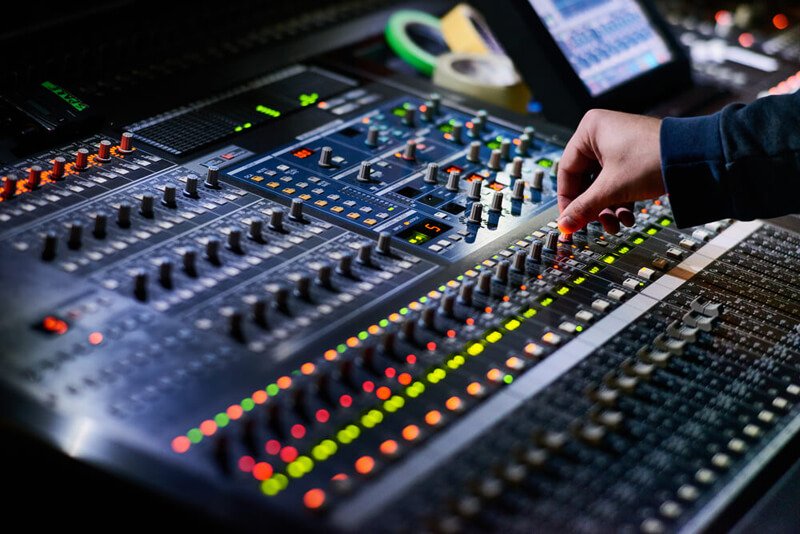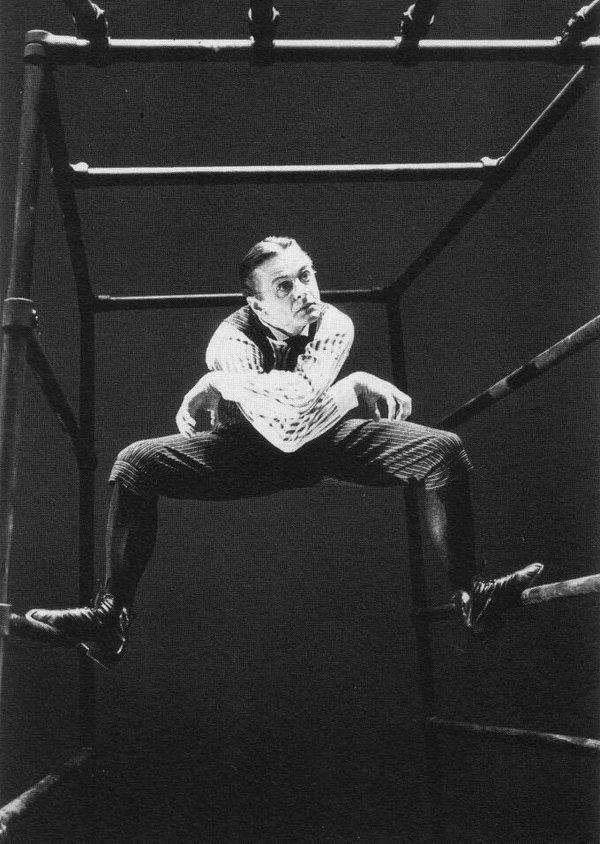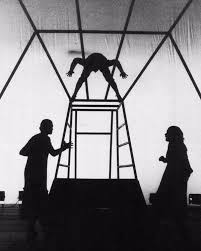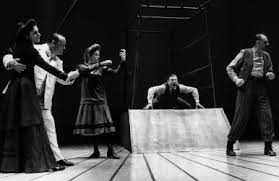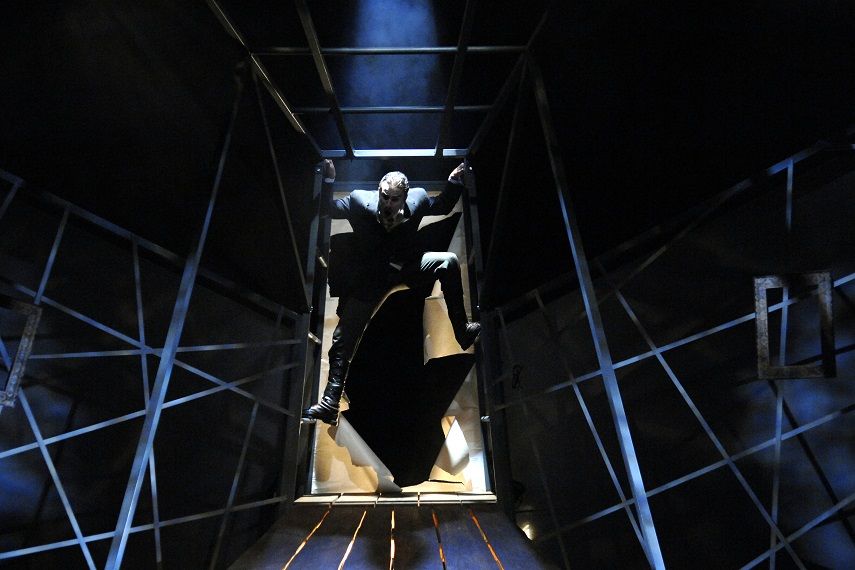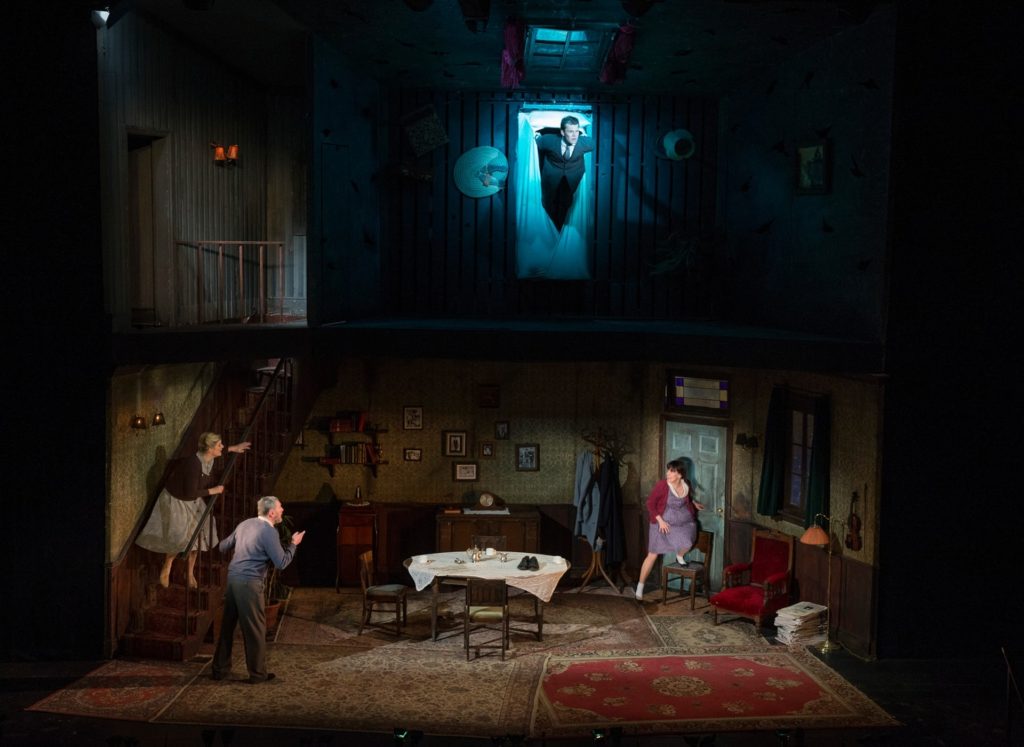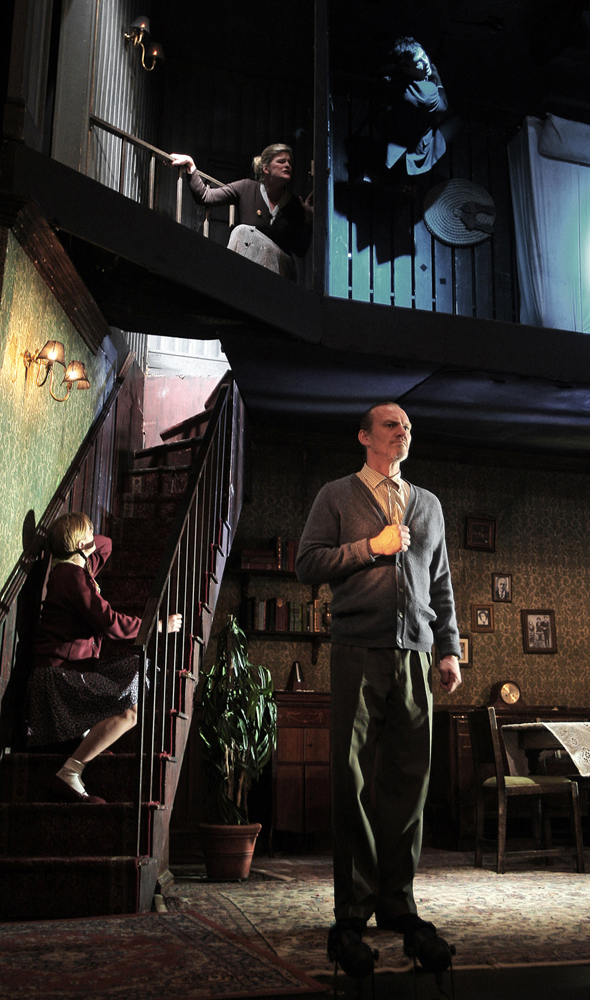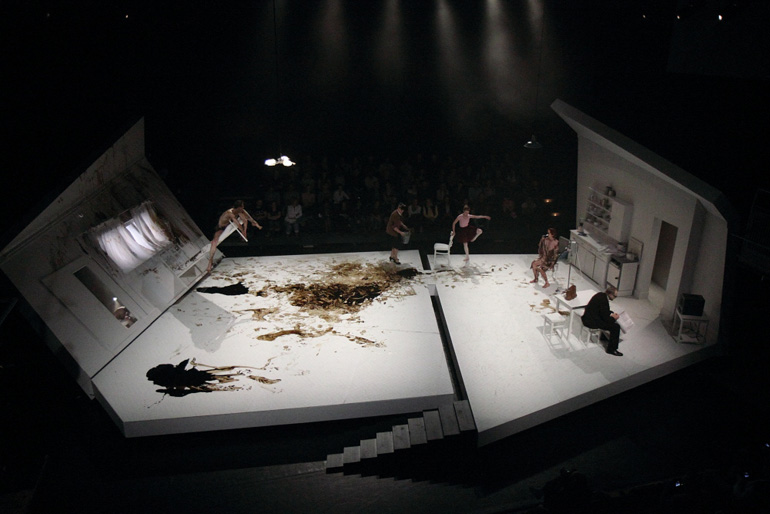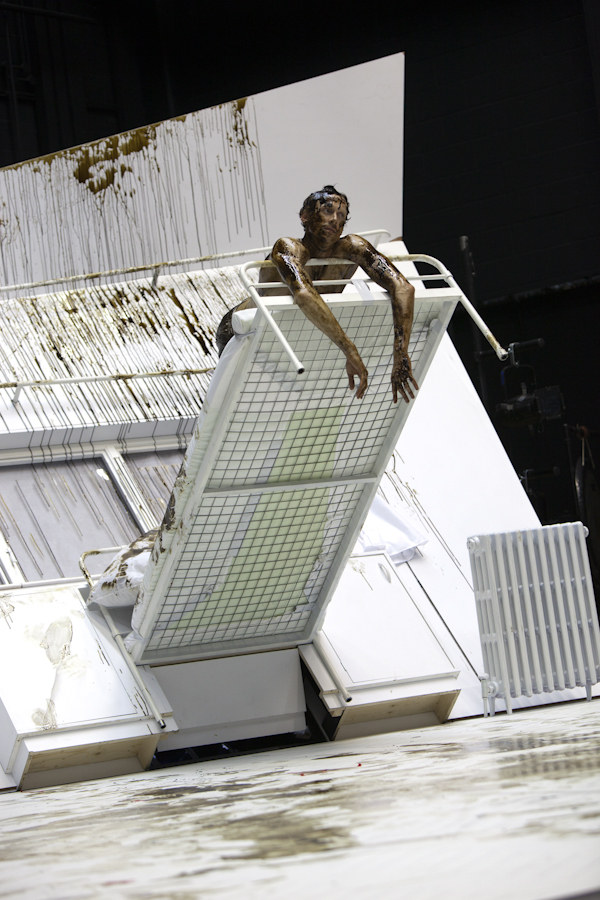Lighting terminology
Your ability to write using the correct terminology will not only show the examiner that you understand Lighting, but it will save you time and allow you to write more in the LIMITED TIME.
Lighting/light is often similar to liquid – therefore these terms are used:
Flood lights (lights that literally ‘flood’ all areas without being focused into a specific area.
YOU WRITE: “ I would flood the stage with blue light because…”
General wash – Covering a large part of the stage
YOU WRITE: “ I would use a general wash of pink to indicate that this is a ‘rosy’ memory.”
Light locations:
- Front
- Floor
- Side
- Top
- Back
YOU WRITE: “ I would use up lighting from down stage to create grotesque shadows on the character’s faces because…”
Intensity: dim, full, bright,
Duration:
Snap (a sudden change), fade over ? seconds
YOU WRITE: “I would fade up the spotlight to full over 10 seconds and once X has stopped speaking I would snap the light off…”
Each lighting effect is called a state.
YOU WRITE: “the lighting state for this point in the extract would be ….”
Operation:
Fade up, fade down, Cross-fade, fade to black (out), fade up from black (out)
YOU WRITE: “I would X fade the 2 states to from memory to reality to …”
Colours
Open white (no colour)
Warm (eg: straw / yellow )
Cool (eg: blues)
Colour symbolism:
Usually you want to avoid changing the colour of the lights JUST to indicate an emotional change.
However, this is an expressionistic play where the rules of NATURALISM don’t always apply. [Dreams/ Nightmares/ Memories / Story-telling moments.
You can say, “I would use a blood red wash to symbolise Mr Samsa’s anger…” BUT your JUSTIFICATION needs to be something like, “This symbolic use of colour is justified as it is an expressionistic play / moment / happening in a dream/ nightmare…”
Avoid weak colour claims: e.g. “Gregor will be lit in blue to accentuate his transformation and emotional distress.”
Types of lights
Flood lights (no ability to shape or change the beam) All you can do is colour them with a gel.
Small/Soft profile (sometimes called a FRESNEL – pronounced ‘fre-nel’ You can modify the beam slightly, shape them with barn doors and colour them with gels
Spotlights/Profiles: The most versatile light. You can change the beam from a wide, soft edged beam to a sharp, narrow beam. You can shape the beam with barn doors or internal shutters, they are good for gobos and you can colour them with gels.
Follow -spot (a spotlight on a stand at the back of the theatre operated by a person – follows anyone and places them in a pool of light.



